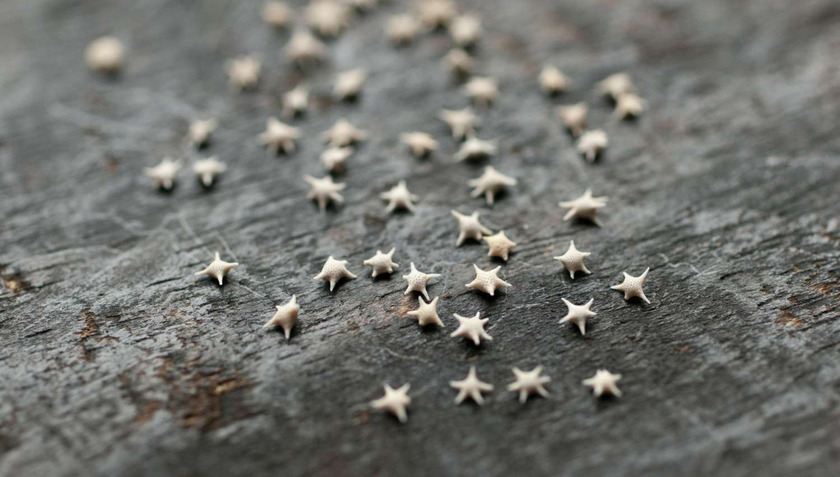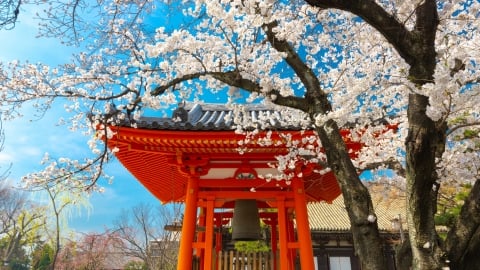Hoshizuna no Hama is a small beach located on the northern tip of the remote island of Iriomote in Okinawa Prefecture, Japan. Located on Irimote Island, the second largest island in Okinawa Prefecture, Hoshizuna-no-Hama looks like hundreds of other beaches across the Land of the Rising Sun, at least at first glance. However, if you have the opportunity to walk on the beach and observe more closely, you will discover a strange thing: there are many grains of sand shaped like 5-6 stars.
According to IFLScience, these tiny stars are actually the remains of a species called Baclogypsina sphaerulata, first described in 1860.

The name of Hoshizuna-no-Hama beach when translated also means Star-shaped sand.
Baclogypsina sphaerulata is a member of an ancient group of protozoans (single-celled, widespread organisms that consume organic matter) called Foraminifera. This group is thought to have existed since the early Cambrian Period, about 540 million years ago.
As Baclogypsina sphaerulata drift through the sea, they collect calcium carbonate to form shells in a variety of shapes, from round spots to complex spirals and even stars. When Baclogypsina sphaerulata die, their shells often sink to the seafloor, with some washing up on the beaches of Okinawa Prefecture, Japan.

Thanks to this unique feature, the beach, though small, is an attractive and famous destination in the land of the rising sun.
To this day, while scientists consider the star sands to be nothing more than the exoskeletons of billions of single-celled organisms, locals still believe in a legend of their own. That these tiny stars are the offspring of the Southern Cross and the North Star. They were born off the coast of Okinawa, but were soon killed by a giant snake. And their tiny skeletons are all that remains of these baby stars.

These stars are not ordinary sand, but the microscopic skeletons of the species Baculogypsina Sphaerulata

They are among the oldest fossils known to man, with star-shaped calcium shells, carried ashore by ocean currents.
The size of these stars is very small, only a few millimeters, so at first, finding them is very difficult. But when these stars stick to the fingers and feet of tourists, you will see that they have a different shape compared to other grains of sand. Before the pandemic, many tourists flocked to this beach to "hunt" for star sand. That led to local authorities banning people from taking this spoil home.

The size of these stars is very small, only a few millimeters, so at first, finding them was very difficult.
Whatever the story, the star-shaped sand attracted a lot of attention, and people tried to take it home as souvenirs. The Japanese government later had to ban the removal of this sand from their beaches.
Scientifically, star sands leave a very useful legacy. Scientists can use them to learn about the Earth from millions of years ago, finding clues about the age of rocks and ancient climates.




































